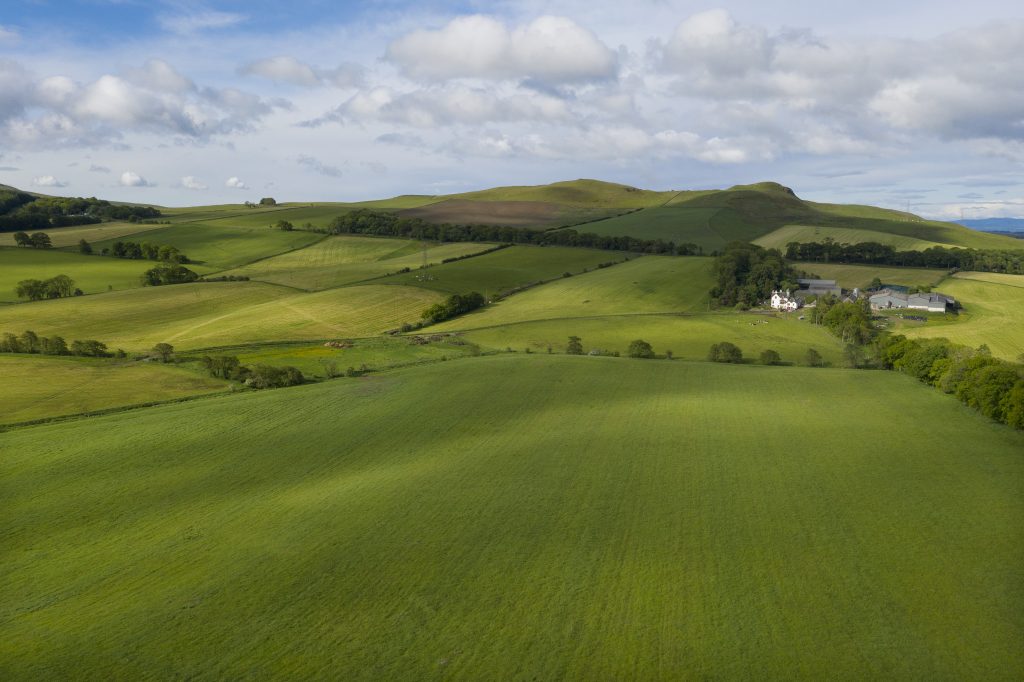The Farmers Weekly asked us questions about how we saw the property market, so we thought we’d share our responses here too:
What is the market like generally?
It is doing well, with much the same market factors being material; land quality, acreage, quality of fixed equipment, land values in Scotland compared to the rest of the UK being lower (offering value) and progressive local/ neighbouring farming businesses who are looking to expand. Moreover, low-interest rates available for the long term make borrowing to finance purchases accessible for many. Farmgate prices also play a part and this year prices, in general, are an improvement on 2019 for livestock market and arable/ dairy operators are seeing a degree of stability.
Land for tree planting and forestry assets continue to be a strong trade.
Covid19 boost to residential/ rural residential markets has had an effect on smaller units which could be considered lifestyle or equestrian purchases. This includes farm holdings of smaller acreage or smaller amenity estates.
What’s selling well and why?
Quality is important. That could mean relevant to the district or in a national context and reflects land quality and fixed equipment provision. As above, local progressive businesses and value offered in context of UK as a whole is important. Smaller units are appealing also to lifestyle buyers but generally, these are predominantly up to 20 acres or thereby. Forestry and land for tree planting is also a strong trade and puts a strong floor in the market.
Rural residential is a very buoyant market. This was the case in commutable areas previously (mainly Central Belt in Scotland) however post lockdown there is evidence that buyers are prepared to look further afield so long as connectivity (phone signal/ internet options) are good and local services are accessible.
What’s coming to the market and why?
In most cases the reasons for property coming to the market are constant with the trends of the last few years; retirement, partnership splits/ buyouts, selling to finance a move to a larger unit or different area, opportunities to realise value without impacting overall production (often a reason for sale of bare land for tree planting).
An idea of average values for arable and grassland
This varies region by region. The best arable can have swings of in excess of £10,000 per acre between the best in say Lanarkshire to the best Angus. Grassland is more consistent but again varies by quality with ploughable/ mowable pasture worth sometimes 2 -3x poorer quality permanent grass in the same district. Land which can be planted in trees is achieving £1,500 to £2,000 per acre consistently for sites which don’t have environmental, ecological or access restrictions, even as much as £2,500 per acre or more on a rare occasion. This can often be two or three (or more!) times the agricultural value of the same land if it cannot be planted.
Land associated with lifestyle properties can be worth 3 times the agricultural value but again varies hugely with region. In the Lothians close to Edinburgh permanent grass can fetch £20,000 per acre if sold for lifestyle or equestrian use in small acreage of 5 to 10 acres.
What buyer types are you seeing?
Agricultural land is predominantly bought by farmers however, as above, residential buyers (lifestylers) are increasingly in the market at the smaller acreages.
Land for planting either by individuals for investment or forestry management companies for their clients.
Lifestyle units by private individuals.
What is the demand/supply like?
Demand still outstrips demand. There has been a recent increase in supply following the relaxing of the restrictions following Covid however pent up demand is significant.
A comparison of acres/farms launched and sales to this time last year
Difficult due to Covid impact however data suggests that 2020 will be a low level of supply, even against 2019 which was another year of low supply to the market.
Look ahead to rest of 2020
Uncertainty in financial markets and in general (re 2nd wave etc) will play a part in decision making for vendors and buyers. From a financial perspective, uncertainty/ risk often drives investment into tangible assets such as land (agriculture/ forestry) and this could see demand increase for these property types. Coupled with uncertainty potentially restricting supply there may be a greater imbalance between supply and demand over the rest of the year, even if the pent up demand post lockdown is reduced as sales complete.



